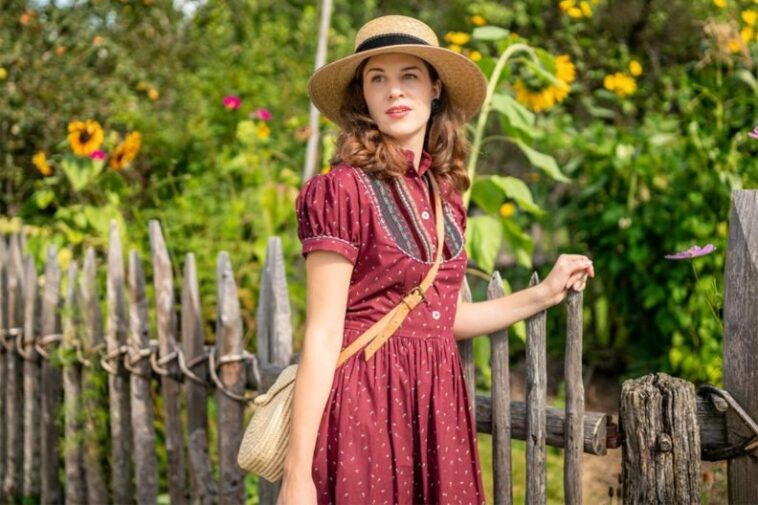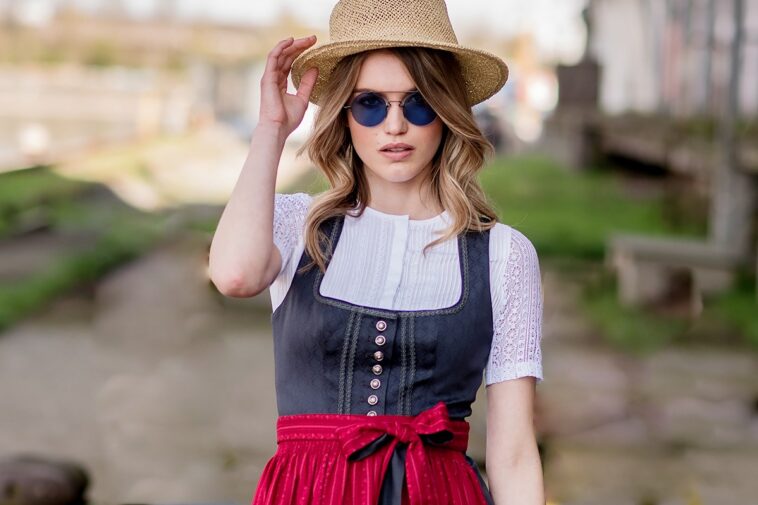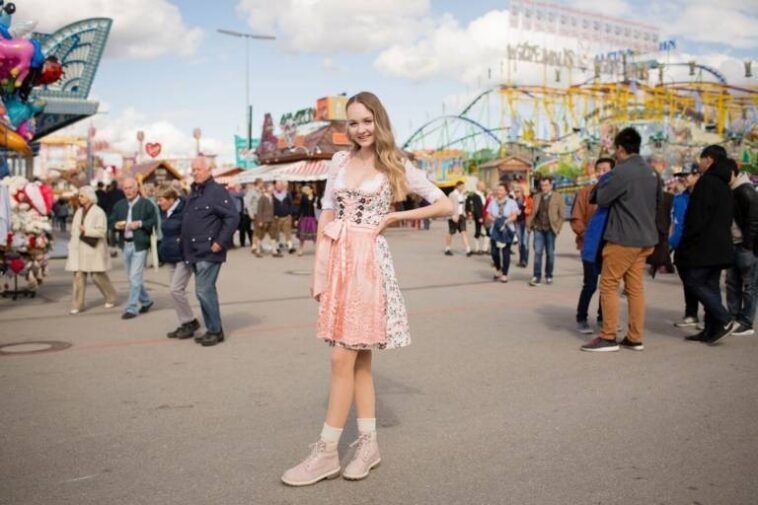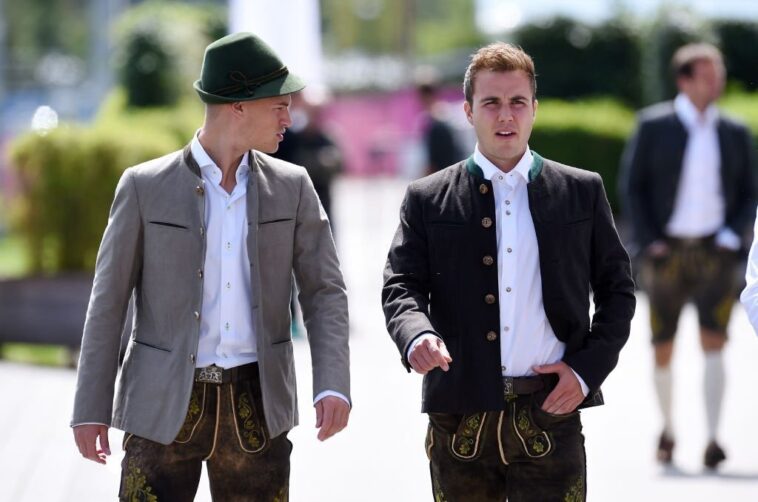Munich is one of those cities where you can feel style in the air—from the cobbled streets of the Altstadt to the sleek café terraces of Maxvorstadt.
But what truly sets Munich apart, especially for anyone into fashion and design, is how it blends tradition with modernity.
Traditional Bavarian style isn’t just for Oktoberfest anymore—it’s become a fashion statement that moves seamlessly between old and new, rustic and refined.
Let’s dive into how this distinctive regional look has transformed and why modern Munich fashion is still deeply rooted in its cultural identity.
Key Highlights
- Munich’s fashion scene balances heritage with sleek minimalism.
- Dirndls and Lederhosen have evolved with modern cuts and fabrics.
- Young designers are redefining traditional Bavarian silhouettes.
- Locals wear Tracht not just for festivals but as a form of lifestyle branding.
- Luxury fashion houses are integrating Alpine elements into collections.
- Munich nightlife even reflects Bavarian roots in unexpected chic ways.
What Makes Bavarian Style So Recognizable?

You can spot it instantly. Rich fabrics like velvet, linen, and loden wool. Bold embroidery. Earthy tones with pops of red or forest green. And of course—the Dirndl for women and the classic Lederhosen for men.
But these aren’t just costumes. Bavarian style is deeply symbolic. The pleats, apron knots, and stitching often hint at social traditions or even romantic status. While much of the world might only see these garments during Oktoberfest, locals embrace them for weddings, church events, and even date nights.
This strong cultural tie to clothing has allowed the style to age gracefully—rather than fade out, it’s been reinterpreted.
Munich’s New Generation Is Rewriting Tracht
Modern Munich is stylish in the quietest, most self-assured way. You won’t see over-the-top outfits, but you will spot a Dirndl styled with sneakers, or a fitted wool vest paired with crisp denim. That’s the magic.
Today’s younger generation isn’t just wearing Tracht—they’re owning it. Boutique labels in the Glockenbachviertel and Haidhausen neighborhoods are designing pieces that nod to tradition but feel completely fresh.
There’s even a rise in premium companion services like escort München where style and elegance go hand in hand with authenticity. These experiences often reflect the way modern Bavarian fashion has adapted—polished and curated.
You’ll find that Tracht in 2025 isn’t only about preserving a look—it’s about reinterpreting it to reflect today’s attitude. Confidence, rootedness, and just the right amount of rebellion.
How Designers Are Reinventing Tradition
Let’s talk details. Designers in Munich are mixing heritage aesthetics with modern trends in very intentional ways:
- Fabrics: Instead of just loden wool, we’re seeing sustainable cotton, vegan leather, and blended textiles that allow more fluid movement.
- Cuts: Contemporary Dirndls often ditch the puffed sleeves and exaggerated skirts for sleeker silhouettes that flatter all body types.
- Colors: While forest green and burgundy still reign, many are now working with blush tones, icy blues, and deep navy for a more modern palette.
Labels like CocoVero or AlpenHerz are perfect examples of this shift. They blend authenticity with urban sophistication, which makes them incredibly wearable—even outside of festivals or formal events.
Why Munich Fashion Still Keeps Its Roots

Here’s the thing about Munich: people take pride in being Bavarian. And it shows in how they dress. There’s no rush to blend in with Berlin’s edgier scene or mimic Parisian minimalism. Instead, Munich’s fashion identity is about quiet excellence.
A woman wearing a Dirndl to brunch at Café Luitpold doesn’t look out of place—she looks radiant. A man in a velvet vest and polished Haferl shoes at a gallery opening isn’t performing tradition; he’s embracing it.
This authenticity is what makes the city’s style so magnetic. Even celebrities who visit often find themselves swept up in the charm of the look—and many leave with their own custom pieces.
When to Wear Traditional Bavarian Outfits Today
You don’t need to wait for Oktoberfest to wear Tracht. In fact, many Munich residents incorporate elements of traditional dress into everyday looks. Here are a few popular moments where it just fits naturally:
- Festivals and Fairs – Spring festivals and Christmas markets are perfect occasions.
- Weddings – Especially rural ones. Bridesmaids in Dirndls? Gorgeous.
- Cultural Events – Think operas, folk concerts, or anything held in Schloss Nymphenburg.
- Weekend Markets – It’s not unusual to see someone pairing a Dirndl with ankle boots at the Viktualienmarkt.
It’s all about intention and confidence. Mixing in a heritage vest with jeans, or wearing an embroidered blouse under a neutral trench coat? Totally modern Bavarian.
A City That Wears Its History Proudly

Munich doesn’t chase trends. It refines them. The way it preserves its style roots while allowing space for innovation is something rare. Instead of seeing tradition as a costume, the city has embraced it as a base to build upon.
As someone who’s spent a lot of time exploring European fashion scenes, I can honestly say that few cities have managed this blend as naturally as Munich.
You feel it at a rooftop bar overlooking the Alps, in the boutiques on Hohenzollernstraße, and during casual dinners at Augustiner Keller.
It’s in the rhythm of the city: traditional yet progressive, relaxed yet incredibly refined.
Final Thoughts
Traditional Bavarian style isn’t stuck in time—it’s alive, evolving, and deeply embedded in Munich’s everyday fashion culture.
If you ever visit, I truly encourage you to walk into one of the smaller Tracht shops and try something on. You might be surprised how modern it feels.
Whether you’re dressing up for an event or simply looking for a timeless piece to add to your wardrobe, Munich’s interpretation of heritage style is inspiring.
Rooted in pride, but always open to reinterpretation—that’s what makes it unforgettable.



